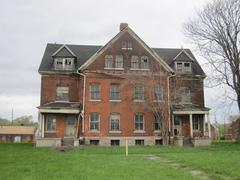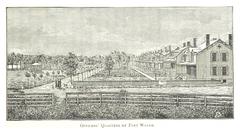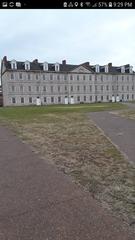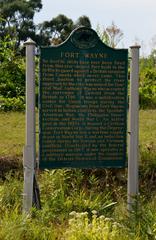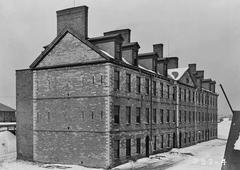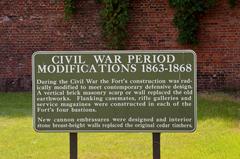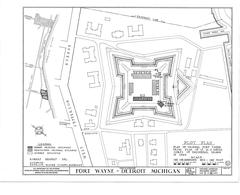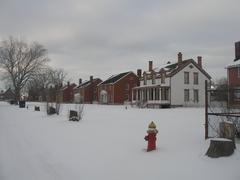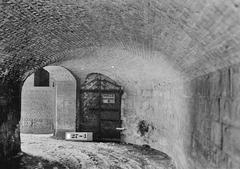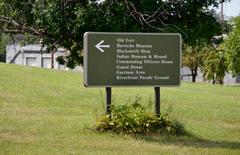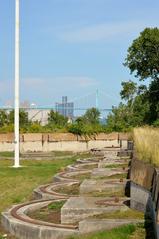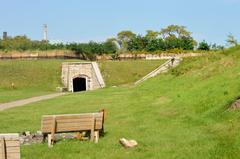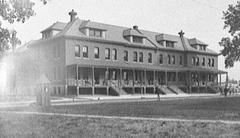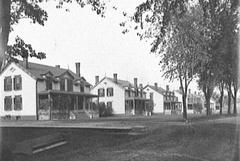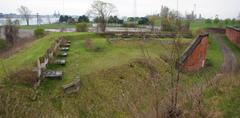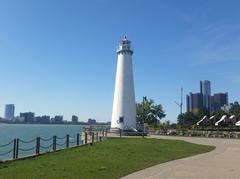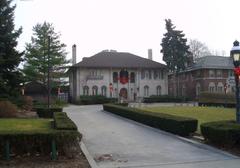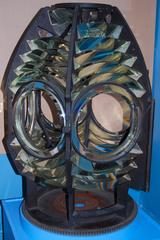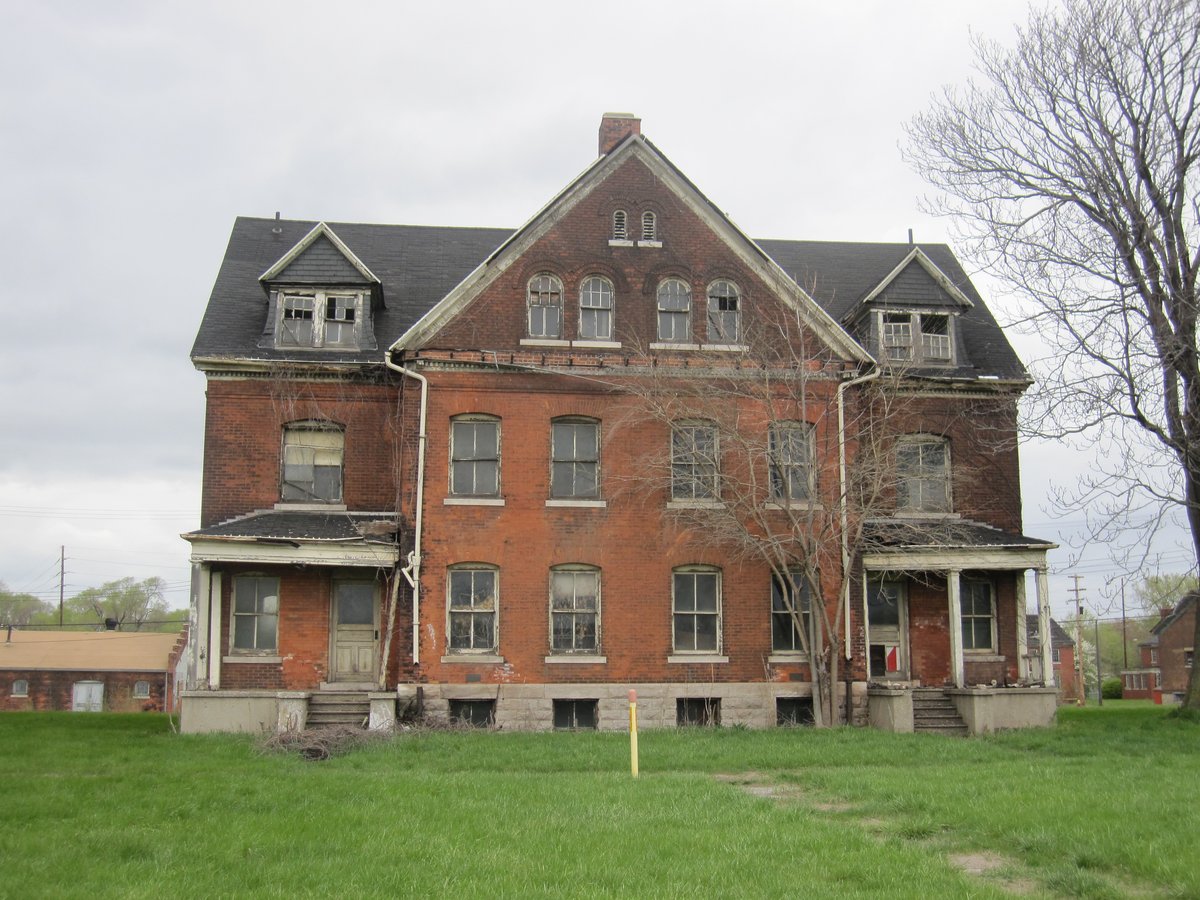
Comprehensive Guide to Visiting Fort Wayne, Detroit, United States
Date: 23/07/2024
Introduction
Fort Wayne, located in Detroit, Michigan, stands as a beacon of American military history and cultural heritage. Established in the mid-19th century, Fort Wayne was constructed to protect the United States from potential British invasions from Canada, leveraging its strategic position along the Detroit River (Detroit Historical Society). This historic fortification, named after General “Mad” Anthony Wayne, a notable figure in the American Revolutionary War, offers visitors a deep dive into the past with its well-preserved architectural features and significant role in major American conflicts such as the Civil War, World War I, and World War II (National Park Service). Today, Fort Wayne serves not only as a historical site but also as a vibrant community center, hosting educational programs, reenactments, and cultural events that highlight its enduring legacy (Historic Fort Wayne Coalition).
Table of Contents
- Early Beginnings and Strategic Importance
- Construction and Architectural Features
- Role in the Civil War
- Post-Civil War Developments
- World War II and Beyond
- Preservation and Modern-Day Significance
- Notable Features and Attractions
- Visitor Information
- Educational Programs and Community Events
- Preservation Efforts and Future Plans
- FAQ
- Conclusion
Early Beginnings and Strategic Importance
Fort Wayne, located in Detroit, Michigan, has a rich history that dates back to the early 19th century. Established in 1845 as part of a series of fortifications designed to protect the United States from potential British invasions from Canada, its strategic location along the Detroit River made it a critical point for defense and trade. The fort was named after General “Mad” Anthony Wayne, a prominent figure in the American Revolutionary War and the Northwest Indian War.
Construction and Architectural Features
The construction of Fort Wayne began in 1842 and was completed in 1851. Designed by Lieutenant Montgomery C. Meigs, who later became the Quartermaster General of the United States Army, the fort features a star-shaped fortification with bastions at each corner, a common design for military forts of that era. The fort’s walls were made of limestone, and it featured a dry moat for additional defense.
Role in the Civil War
During the American Civil War (1861-1865), Fort Wayne played a significant role as a training and staging ground for Union troops. Its location near the Canadian border also made it a key point for monitoring potential Confederate activities in Canada. Over 14,000 troops were trained at Fort Wayne during the Civil War, and it served as a supply depot for the Union Army.
Post-Civil War Developments
After the Civil War, Fort Wayne continued to serve as a military installation. In the late 19th and early 20th centuries, the fort was expanded to include additional barracks, officers’ quarters, and other facilities. The fort also played a role in the Spanish-American War (1898) and World War I (1914-1918), serving as a training and supply center.
World War II and Beyond
During World War II (1939-1945), Fort Wayne was once again a hub of military activity. The fort was used as a training center for troops and a processing center for military supplies. After the war, the fort’s role diminished, and it was eventually decommissioned as an active military installation in 1949.
Preservation and Modern-Day Significance
In the years following its decommissioning, Fort Wayne faced periods of neglect and deterioration. However, efforts to preserve and restore the fort began in the 1970s. Today, Fort Wayne is managed by the Detroit Recreation Department and serves as a historical site and community center. The fort is open to the public for tours and events, offering a glimpse into Detroit’s military history.
Notable Features and Attractions
Visitors to Fort Wayne can explore several notable features, including:
- The Star Fort - The original star-shaped fortification, which remains largely intact and offers a unique example of 19th-century military architecture.
- The Barracks - Restored barracks that housed soldiers during the fort’s active years.
- The Commanding Officer’s House - A historic residence that has been preserved and furnished to reflect the period.
- The Parade Ground - An open area within the fort used for drills and ceremonies.
- The Detroit River - The fort’s location along the river provides scenic views and highlights its strategic importance.
Visitor Information
Visiting Hours and Tickets
Fort Wayne is open to the public on weekends from 10 AM to 4 PM. Guided tours are available on Saturdays and Sundays at 11 AM and 2 PM. Tickets can be purchased on-site or online through the Detroit Historical Society’s website. Admission prices are as follows:
- Adults: $10
- Seniors (65+): $8
- Students (with ID): $5
- Children (under 12): Free
Travel Tips
- Accessibility: The fort has made efforts to accommodate visitors with disabilities, including wheelchair access to major areas.
- Parking: Free parking is available on-site for visitors.
- Nearby Attractions: Consider visiting other Detroit historical sites such as the Detroit Historical Museum and the Motown Museum.
Educational Programs and Community Events
Fort Wayne hosts a variety of educational programs and community events throughout the year. These include historical reenactments, guided tours, and special events such as the annual Civil War Days. The fort also offers educational programs for schools and community groups, providing an opportunity to learn about Detroit’s military history and the broader context of American history.
Preservation Efforts and Future Plans
Ongoing preservation efforts at Fort Wayne are supported by various organizations, including the Historic Fort Wayne Coalition and the Detroit Historical Society. These efforts aim to maintain and restore the fort’s historic structures, as well as to develop new exhibits and programs to enhance the visitor experience. Future plans for Fort Wayne include expanding its role as a community center and historical site, with a focus on education and public engagement.
FAQ
Q: What are the visiting hours for Fort Wayne? A: The fort is open to the public on weekends from 10 AM to 4 PM.
Q: How much are tickets to visit Fort Wayne? A: Admission prices are $10 for adults, $8 for seniors (65+), $5 for students (with ID), and free for children under 12.
Q: Are there guided tours available? A: Yes, guided tours are available on Saturdays and Sundays at 11 AM and 2 PM.
Q: Is Fort Wayne accessible for visitors with disabilities? A: Yes, the fort has made efforts to accommodate visitors with disabilities, including wheelchair access to major areas.
For more information about Fort Wayne and its history, you can visit the Detroit Historical Society’s website or the Historic Fort Wayne Coalition’s website.
Conclusion
Visiting Fort Wayne in Detroit offers an unparalleled opportunity to explore a cornerstone of American military and cultural history. From its origins in the 1840s as a defense against potential British aggression to its pivotal role during the Civil War and beyond, Fort Wayne encapsulates significant periods of American history within its limestone walls (Detroit Historical Society). The fort’s preservation efforts, led by organizations such as the Historic Fort Wayne Coalition and the Detroit Historical Society, ensure that this historical gem remains accessible and engaging for future generations (National Park Service). Whether you’re interested in its architectural marvels, educational programs, or community events, Fort Wayne provides a rich, immersive experience that underscores Detroit’s historical and cultural fabric. Plan your visit today to explore this remarkable site and contribute to the ongoing preservation of America’s heritage (Visit Detroit).
